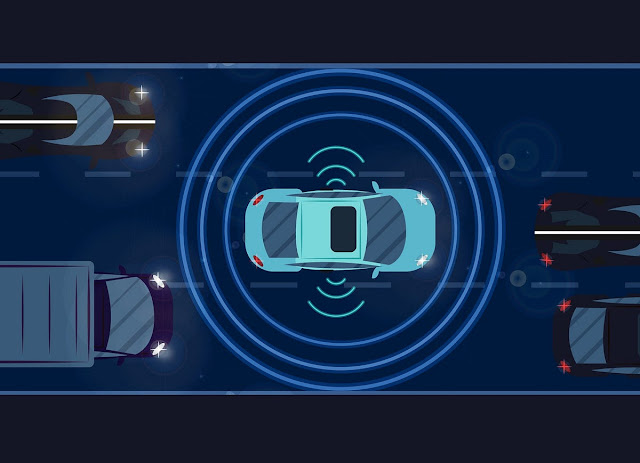Precision in Motion: How Automotive Radar Improves Vehicle Detection and Tracking
In the ever-evolving landscape of automotive technology, one innovation stands out for its remarkable ability to enhance vehicle safety: Automotive Radar with its precision and accuracy, radar systems have revolutionized vehicle detection and tracking, making roads safer for drivers and pedestrians alike. This advanced technology has become a cornerstone of modern automotive safety systems, offering real-time data and invaluable insights for collision avoidance.
One of the key reasons propelling the growth of the Automotive Radar Market is the rise in safety concerns.
Radar utilizes radio waves to detect objects in the surrounding environment. By emitting these waves and measuring their reflections, radar systems can accurately identify and track vehicles, pedestrians, and other potential obstacles. This non-visual sensing technology works effectively in all weather conditions, providing reliable data even in rain, fog, or darkness. Its ability to detect objects beyond the line of sight gives drivers an extra layer of awareness, reducing the risk of accidents.
One of the key advantages of Automotive Radar is its exceptional precision. Radar systems can measure the distance, velocity, and angle of detected objects with remarkable accuracy. This enables vehicles to precisely calculate the trajectory and behavior of surrounding objects, facilitating intelligent decision-making for collision avoidance systems. Whether it's adaptive cruise control, automatic emergency braking, or blind-spot detection, radar plays a crucial role in enhancing the capabilities of these safety features.
Moreover, radar can detect and track multiple objects simultaneously. By utilizing multiple radar sensors strategically placed around the vehicle, a comprehensive view of the surroundings can be generated. This multi-object tracking capability enables advanced functionalities like lane change assistance, intersection safety, and rear cross-traffic alert. By accurately monitoring the movement of nearby vehicles and pedestrians, radar systems provide drivers with timely warnings and assistive actions, significantly reducing the likelihood of accidents.
The continuous evolution of Automotive Radar technology has also led to improved range and resolution. Modern radar systems can detect objects at longer distances, giving drivers more time to react and take necessary precautions. Additionally, enhanced resolution enables radar to distinguish between different types of objects, such as vehicles, cyclists, or pedestrians, contributing to more precise decision-making algorithms.
The integration of radar with other sensor technologies, such as cameras and lidar, further enhances its effectiveness. By combining data from multiple sensors, a more comprehensive and accurate perception of the environment can be achieved. This fusion of sensor data enables robust object recognition, classification, and tracking, empowering vehicles with an advanced understanding of their surroundings.
As Automotive Radar technology continues to advance, we can expect even greater improvements in vehicle detection and tracking capabilities. Future developments may include higher frequency bands, increased resolution, and enhanced signal processing techniques, resulting in even more precise and reliable data for collision avoidance systems.
Radar has emerged as a game-changer in vehicle detection and tracking. Its precision, ability to operate in various weather conditions, and multi-object tracking capabilities make it an indispensable technology for enhancing automotive safety. With ongoing advancements, radar systems will continue to play a pivotal role in the development of autonomous driving and further reduce the number of accidents on our roads.




Comments
Post a Comment